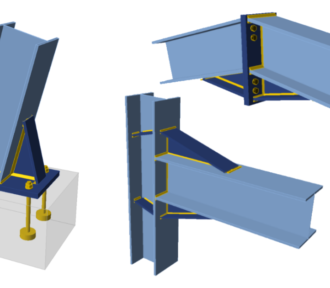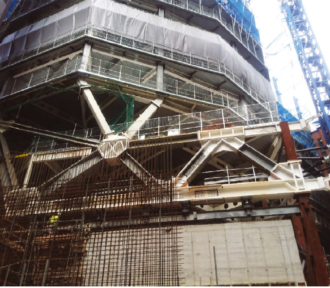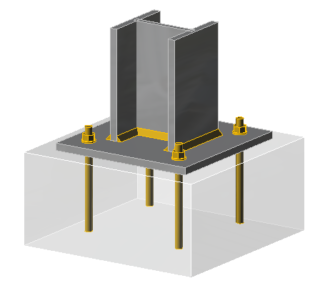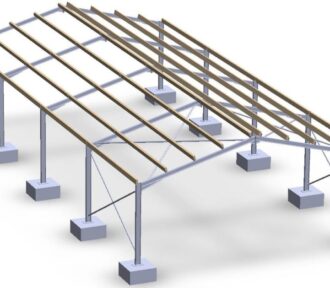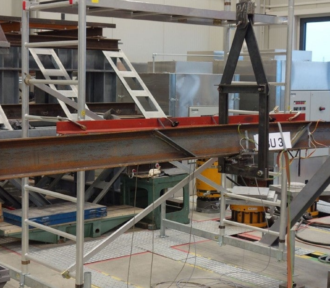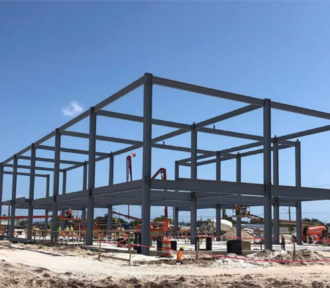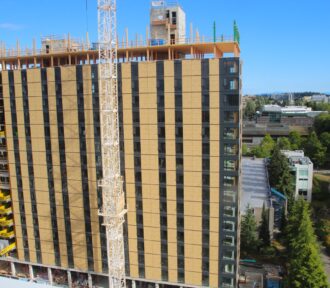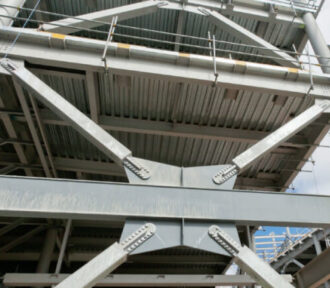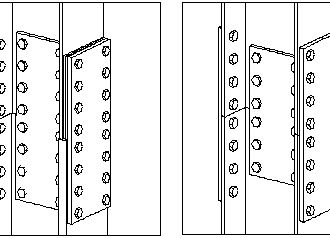This article discusses moment resisting connections used in the design of single storey and multi-storey buildings. It highlights the common types of moment connections used and an overview of the design procedures based on Eurocode 3 (Part 1-8)
Category: Steel
Transfer structures are used in buildings with vertical element discontinuities and where a direct load passage to the foundations is not practicable. This article offers…
Column base plates are provided beneath steel columns in order to transmit the applied design forces safely to the foundations. Steel columns are heavily loaded and their cross-sections are typically small…….
This article offers an extensive discussion on the analysis and design of portal frames based on the recommendations of Eurocode 3.
The assessment of floor vibration concerns how the mass of its supporting structure moves when subjected to an imposed load. This is determined by ascertaining the natural frequency of the supporting structure to the floor, which is stated in Hz (cycles per second).
Structural steel elements are amenable to failure due to lateral torsional buckling, when measures that recognizes this risk have not been considered in design. This article briefly, explains how the structural engineer can deal with lateral torsional buckling when analyzing steel structures.
This article provides guidance on how to design steel columns subjected to combined axial compression and bending to EC3, using the simplified expressions in the IStructE manual for the design of steelwork buildings.
Despite timber being one of the earliest structural materials around and its globally recognized status for sustainability, the tallest Timber building is still the 18-Storey building at the University of British Columbia, why?
This article discusses the types of steel bracings required for ensuring lateral stability in braced multi-storey steel frames, the design considerations and the procedures required when providing them within a steel frame.
column splices are essentially steel-plated bolted connection provided in multi-storey steel construction to serve as a connection between two columns of different sections
